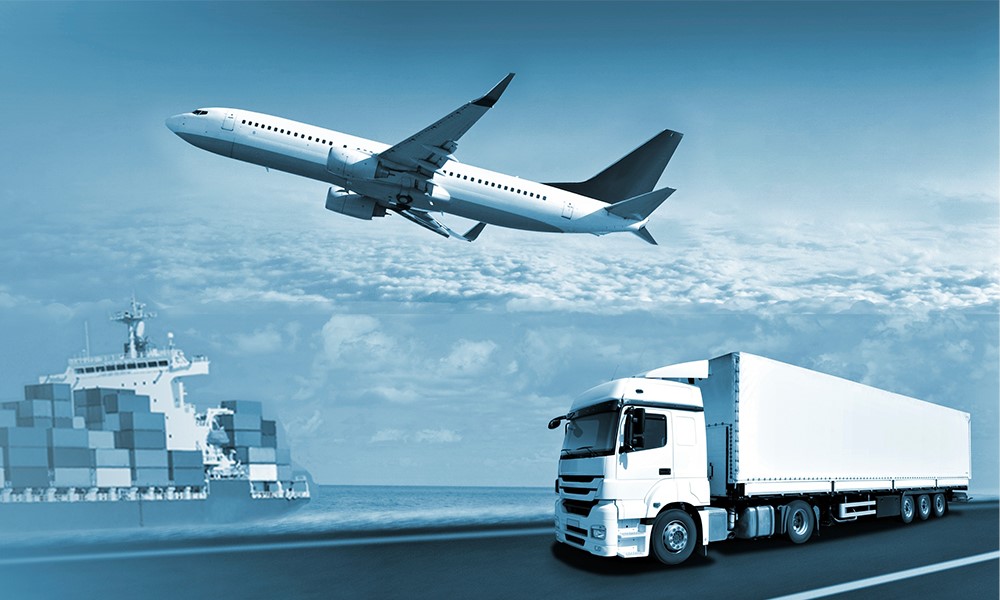Logistics and its types

Logistics is a concept that we can clearly see in people’s daily lives these days. The term is defined in a simple definition as “management of the process of collecting, storing and transferring resources (or goods) from the point of origin to the destination.” In fact, logistics is the part of the supply chain that is responsible for moving a shipment and delivering it to the final recipient (called last-mile delivery).
It has three basic characteristics:
- Extremely cost saving
- Gain customer satisfaction and increase sales
- Beneficial in gaining competitive advantage in the global market
The concept of logistics in business has changed a lot since the 1960s. The growing complexity of materials and resources required by supply companies and the global development of supply chains created the need for supply chain managers.
In the modern era, the boom in technology and the complexity of the process have led to professional companies specializing in transportation and logistics that accelerate the movement of resources along the supply chain.
Types of logistics

This concept is divided into two main categories: Inbound and Outbound. One of the most important supply chain processes is related to inbound logistics. In this section, the main focus is on managing the movement of goods, especially from the manufacturer to the warehouse or retail. The outbound type is suitable for supplying the goods from the warehouse and delivering them to the final customer.
Of course, based on the types of services provided to customers in this industry, there are other sub-branches for it, which we will discuss in the following.
Reverse
This category, as its name implies, goes through the opposite process to what we know. Reverse type focuses on the return of goods from the destination to the warehouse or point of origin. Simply put, reverse type is all about planning, executing, and controlling the movement of goods from receiver to sender, which is usually done to take back the goods or destroy them.
Green
Green type is a category in which efforts are made to reduce the environmental impact of transportation processes. Numerous ways have been proposed to decrease the impact of this area on environmental pollution, and we can see issues such as road optimization, greater aviation utilization, and the non-use of smoky vehicles in green type.
Emergency
The term is used in companies operating in the transportation and supply chain industries. If for any reason, there is a delay in the production process or a natural disaster occurs, the system needs to move the goods faster along the chain. In this cycle, other factors, such as governments and humanitarian organizations, come to the aid of transport companies in their capacity to speed up the transportation of goods.
Production
This sub-branch of the industry is more concerned with optimizing the production process of goods, for example, in a factory or company. In this type, the primary goal is for each device to receive the right product with the right quality at the right time. As a result, system productivity increases, and more products can be produced in less time.
Distribution
This category is probably more familiar to all of us than other types. Once production is completed and the customer registers the order, the processing operation in the warehouse and the shipment delivery to the customer begins, which is called distribution logistics. The high importance of this type is that the number, time, and place in supply and demand are different. As a result, this type must strike a balance between the two.
Military
Since an army without powerful resources is completely defenseless, military logistics have historically been of great importance to nations’ military leaders. Military officers manage procurement processes to move resources to the desired location and ensure the best efficiency and performance in military operations. The role of this type is so strong that the defeat of Britain in the American Revolutionary War and the defeat of the Allies in World War II are largely attributed to their failure in this part.
It should be mentioned that we have other categories in this industry, and this list does not include all of those sub-categories.
Business
This concept enters the business cycle when a customer buys a product from a store (traditional or online and with any product category). A brief and useful definition of business logistics describes it as “delivering the right product, at the right time, in the right place, in the right quantity, at the right price, and to the right customer.”

